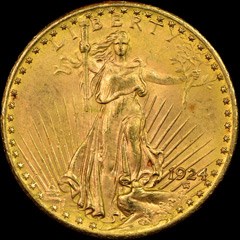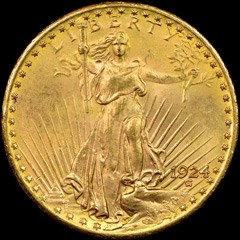NCS Conservation: Special Concerns For Gold Coins
Posted on 9/13/2016
Even though gold is the most stable metal typically used to make coins, a gold coin or one that is mostly gold is not impervious to the perils of poor long-term storage. Problems common to silver or copper coins such as environmental damage are much rarer with gold coins, but problems can still develop. Whether the coin is US or world, modern or classic, uncirculated or worn, professional conservation can often help.
One of the most common problems to appear on the surface of classic gold coins are small reddish spots commonly referred to as gold spots or copper spots. A result of slight variations in the alloy, these spots develop over time and become more noticeable due to environmental reactions. Removal requires precision to reduce or eliminate the spot while maintaining the coin's original surface, which is crucial in grading.
Gold coins, as well as coins of other metals, can develop unsightly residues due to years of improper storage. Of particular note is a common type of red-to-orange surface residue. This particular residue has a thick, opaque appearance and red and orange color much like oxidized iron. Careful removal is imperative to prevent damaging the coin's original surface underneath.
Modern gold coins have their own unique challenges in terms of conservation. Modern gold coins can develop the red and orange gold spots or copper spots. As with classic coins, the origins of these spots are in the mint's production process and develop through time and improper storage. Removal of these spots by professional conversation can result in a coin bright and free of blemishes.
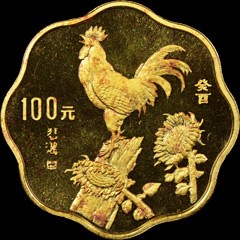 |
 |
| China 1993 Scalloped 100 Yuan Obverse With Red Spots and Haze (l) Before;(r) After NCS Conservation Click images to enlarge. |
|
Modern gold coins can also develop residues due to improper storage. Some of these residues are a result of original mint packaging that is often not air-tight and/or contains polyvinyl chloride (PVC), a chemical now known to slowly leach onto the surfaces of a coin and leave heavy green residues or corrosion. Conservation of residues on modern coins must be performed carefully to not scratch the delicate, original surface.
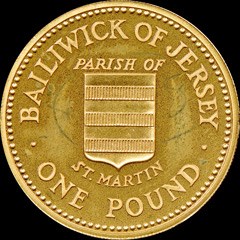 |
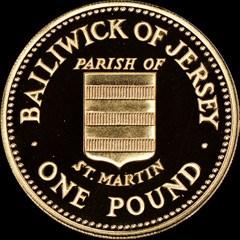 |
| Jersey 1987 Gold Pound Obverse With Residue (l) Before;(r) After NCS Conservation NCS Conservation completely removed the haze without damaging the underlying surface. Click images to enlarge. |
|
Professional conservation of gold coins can improve a coin's eye appeal and the chance of grading optimally.
Some modern coins are eligible for evaluation, conservation and grading/encapsulation by NGC for as little as $28 per coin. For a list of NCS Conservation tiers and services, click here.
NCS is an independent member of the Certified Collectibles Group.
Stay Informed
Want news like this delivered to your inbox once a month? Subscribe to the free NGC eNewsletter today!
